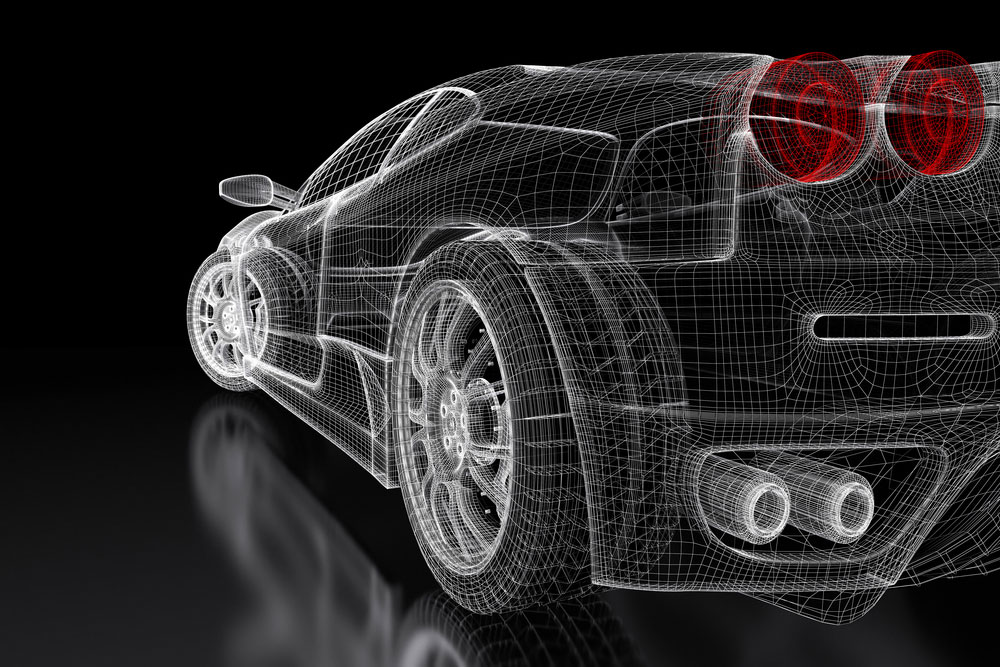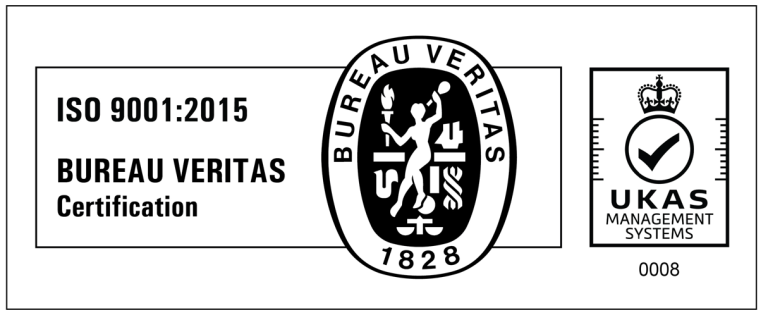If you read last month’s ‘Turbocharged Future” post, you’ll know that Turbocharging is going mainstream.
More and more major vehicle manufacturers are turning to the technology in an effort to combat rising fuel prices and ever increasing vehicle emissions’ standards.
In this post, we look at some of the current and near-future developments in turbocharging technology, and how this looks set to affect the engines of the future.
What are the goals?
Currently, all the mainstream vehicle manufacturers have the same priorities – making more energy efficient vehicles that produce fewer emissions, whilst still retaining the performance levels demanded by consumers.
In the industrial and marine sectors, the priorities are similar, with businesses looking for ways to improve the efficiency and output of their engines, whilst reducing their carbon footprints.
Optimising the materials
Construction materials have a huge impact on the efficiency and reliability of a turbo, and manufacturers are always looking for new materials that will improve the overall performance of turbochargers.
Current developments include the use of light, super-strong alloys made from a mixture of titanium and aluminium that are being used to create turbo components like the turbine/compressor wheels.
New, purpose-designed alloys and performance materials are being created all the time, which will continue to help reduce both weight and air resistance, making future turbochargers more efficient, without compromising on durability.
Assisted turbocharging
Turbo manufacturers are also looking at ways to improve the performance and output of a turbo through assisted turbocharging – an umbrella term that focuses on providing additional power to the turbo via either an external electric or hydraulic motor, an additional compressor, or another forced induction device (either a turbo or a supercharger).
Assisted turbocharging isn’t a new concept, and has been used in the past to help overcome inherent downsides to turbocharging, like the low boost threshold and ‘turbo lag’.
Now, the technology is being revisited by manufacturers, and is an integral part of the efforts to provide improvements in fuel efficiency and responsiveness, by improving turbo performance at lower engine speeds.
One notable assisted turbocharging technology currently in development is ‘e-boosting’, where an electronic motor is used to bring the turbo up to speed more quickly, in a move designed to reduce boost threshold and improve throttle response. This is designed to facilitate the creation of smaller, more efficient engines that still provide excellent performance.
Reducing friction through bearing design
Whereas traditionally, turbochargers have used a combination of journal and thrust bearings – these are gradually being replaced with newer technologies designed to reduce friction and improve turbo efficiency.
Now, turbo manufacturers are moving towards ball bearing cartridges and oil free air bearings. These technologies are designed to reduce friction within the turbocharger, and enable the central core of the turbo to spool up more quickly, which makes the turbo both more efficient and more responsive.
Currently, the only thing holding back the move towards new bearing technologies is reliability, but this will become less and less of a problem as the manufacturing process is refined.
Improving the compressor
Because turbochargers work by increasing the pressure inside each cylinder of an engine, turbo manufacturers are always looking for ways to improve compressor performance.
Currently, much of the development work is focused on creating new blade configurations and optimised compressor wheel designs, which will maximise the efficiency of the airflow and help to increase the pressure in each cylinder.
In addition, some manufacturers are looking at new concepts in compression, like a combined axial and radial compressor stage. If successful, this will be a radical shift in the way compressors function, and has the potential to provide significant pressure increases.
Multi-stage turbocharging
When it comes to turbocharging, bigger isn’t always better, and one of the problems faced by manufacturers is the conflicting goals of turbocharging.
In simple terms, whilst a larger turbocharger will provide more overall boost, smaller turbochargers begin working at much lower engine speeds, which makes them more responsive. To overcome this problem, turbo manufacturers are increasingly looking towards multi-stage turbocharging as a way to get the best of both worlds.
In practice, this means that manufacturers are developing new systems, which utilise multiple connected turbochargers of different sizes, each designed to work at a different engine speed.
The goal is to help to maximise overall performance by providing the best balance in terms of emissions, fuel economy and boost.
How we can help you
At AET, we’ve been at the forefront of turbocharging technology for over 40 years – and we’re committed to keeping up to date with all the latest developments in turbo tech.
Our experienced, friendly teams provide a full range of high quality and cost effective repairs, replacements and turbo sales, and can provide tailored advice and support for all your turbo needs.
Get in touch today on 01924 588 266, or email info@aet-turbos.co.uk for further information on any of our services.


